959. Bausch and Lomb Optical Company microscope slide viewer:
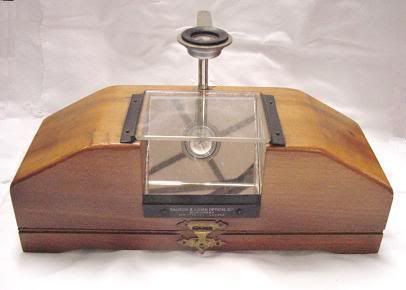
It has a storage compartment in the bottom.
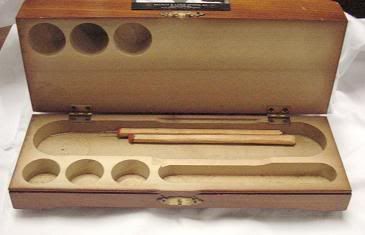
Another version of a microscope slide viewer:
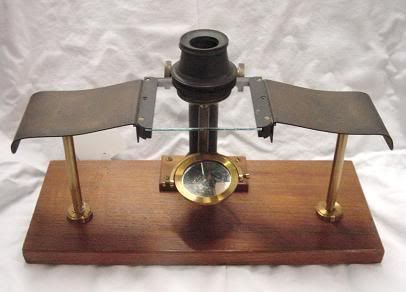
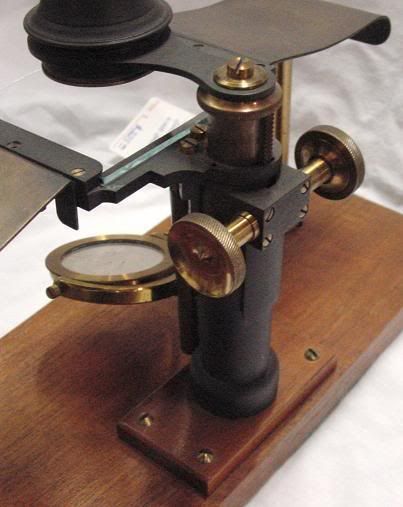
960. G. W. Grove permutation padlock, patented on April 2, 1878, number 202,022.
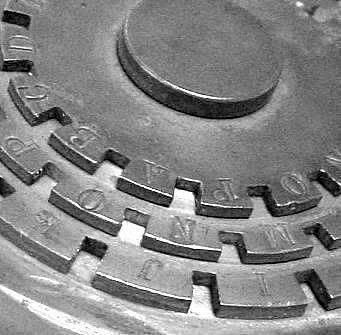
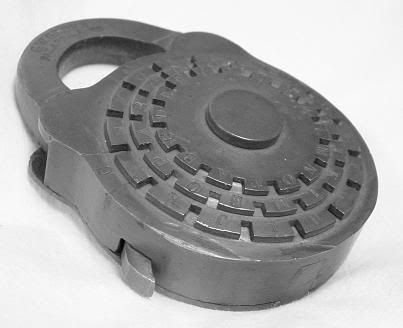
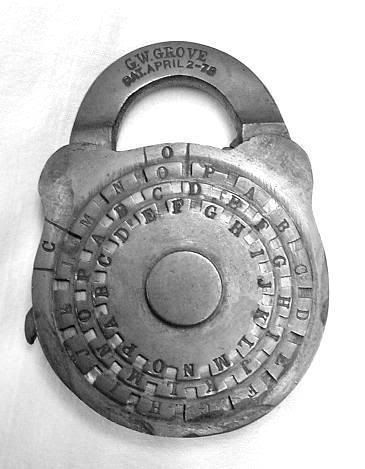
961. Years ago some fences weren't made very well, and if you had an ornery bull or cow that kept getting out, they were made to wear an animal poke. It's difficult for them to climb or graze through a fence while wearing one of these around their neck.
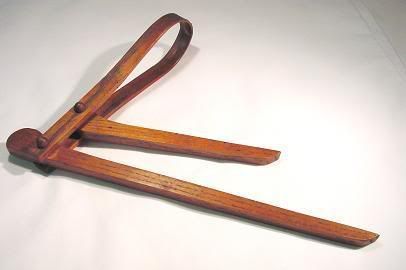
These are also used to stop horses from jumping over fences.
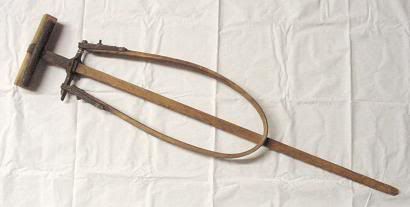
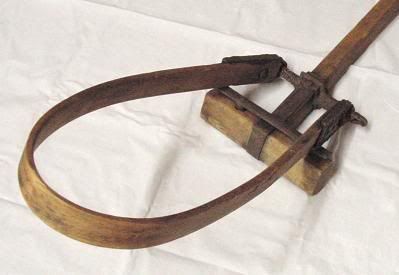
962. This tool is used to change small bulbs in control panels. It grips the bulbs at the glass end to pull or push them into the sockets.
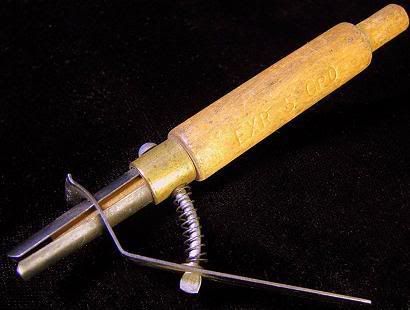
Below is an old panel from the 1950's that was used at a TV station:
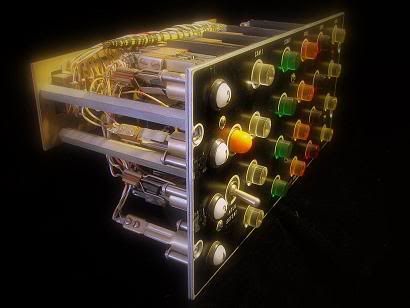
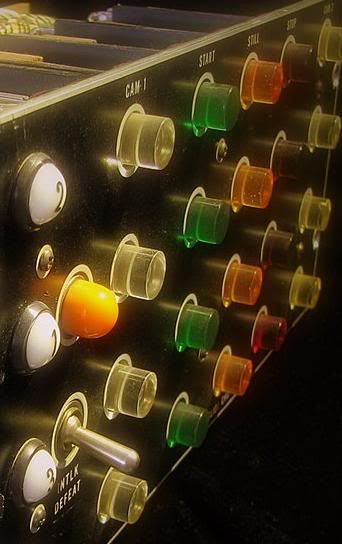
963. Sword holder or sword frog, worn on the belt with the sword resting in the hook:
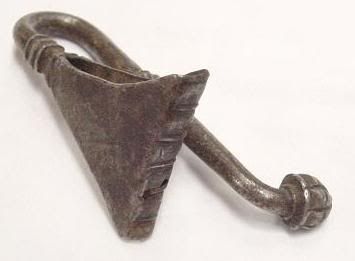
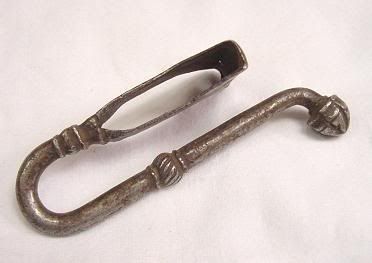
964. The stones with grooves carved in them are fishing net weights.
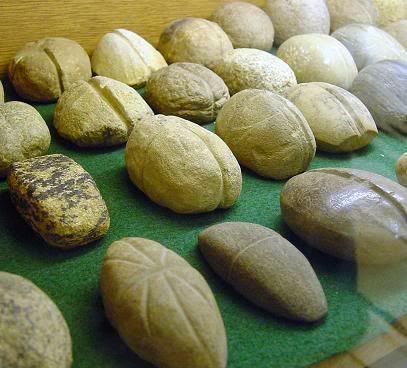
-----
Updates
Additions to several of the answer pages have been copied here, first is more information on the Silver Medal from the RSA:
946. Carrige maker's circular plough plane, made by Thomas Falconer, it's for cutting grooves in a curved surface. This tool won a Silver Medal from the Royal Society of Arts in 1846. I took these photos at an auction where the estimated value of this plane was $22,000-$26,000, I didn't stay to find out what it actually sold for.
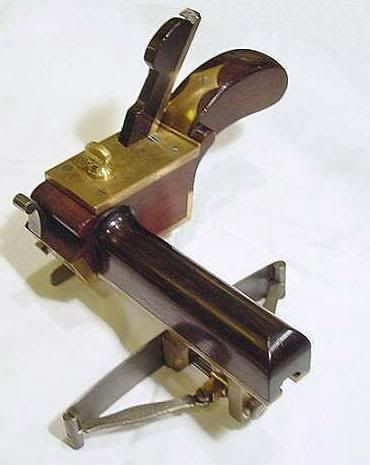
Claire Batley from the Royal Society of Arts describes the Silver Medal award:
"From its very earliest years, the Society of Arts offered premiums (prizes) in a numbers of 'classes' (fine arts, chemistry, agriculture, manufactures, mechanics and Colonies and Trade) in order to encourage and inspire progress and innovation. In many classes the premiums were offered for very specific achievements and the prize attached to it would be published, be this a gold medal, a silver medal or a monetary reward. In most instances though, it was not a case of a gold medal for the best, silver for the second best etc, but one or the other, or money.
Premiums for the class of mechanics were defined in broader terms than some of the others, thereby allowing 'inventors' to enter new or improved items for all manner of purposes. As a consequence of the premiums not being specific it is not possible to be certain which of them Mr Falconer's entry related to, or whether, in other years, anyone else had brought an "improved circular plough" for the Society's consideration. However, it appears that Mr Falconer's entry was related to either the premium for the "improvements in the machinery used in manufactures" or that for "improvements in the tools used in the various handicraft trades".
The premiums offered in mechanics did not have specific rewards attached to them, apparently because the premiums were so broad and the entries so diverse. Each entry was considered on its own merits and was awarded the gold or silver medal, a pecuniary reward, or an Honorary Testimonial according to circumstances.
Mr Falconer's plough would not have been judged in competition with any other plough, and its award of a Silver Medal does not imply that there was a simultaneous recipient of a gold medal. Rather, the entry would have been made in response to the broad premiums offered, and judged on its own qualities. The fact that Falconer was awarded not only the Silver Medal but also a monetary reward shows that the committee that considered it believed it had merit."
I took a few more shots of the microtome last weekend:
934. Microtome, used to cut a specimen into thin sections for microscope slides.
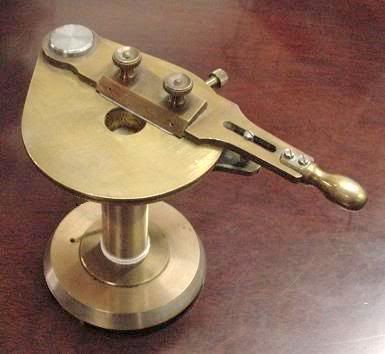
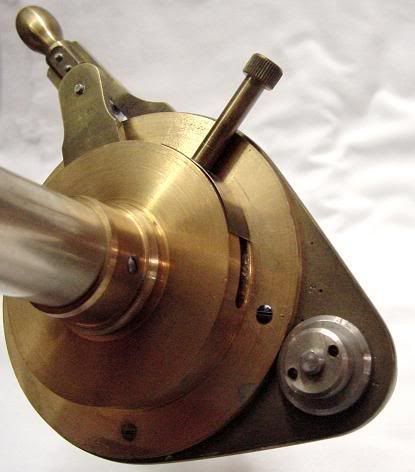
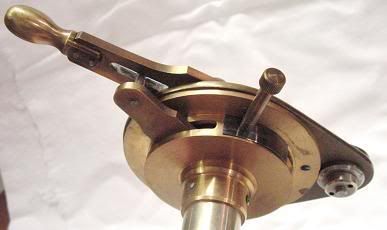
View of the bottom:
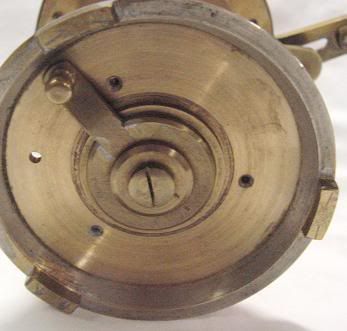
Further description of grain shocking along with a new link was added to this answer:
955. Bundle grabber
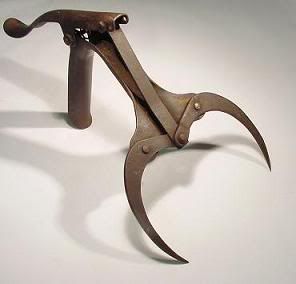
A reader of this site sent in this account of making grain shocks:
Typically we used 6 bundles per shock, with a 7th as a cap if rain was expected. We were shocking oats until the early 80's in Wisconsin. The purpose of a shock is to keep the grain heads off the ground so they can dry prior to threshing. One would grab two bundles and lean them against each other forming the center of the shock. Two bundles were then added to each side of the center bundle sort of like an A-Frame with a tunnel down the middle to speed drying. If rain was expected, a 7'th bundle was laid horizontally (and spread at the top and bottom) to cover the first six bundles.
Last week's set is seen below, click here to view the entire post:
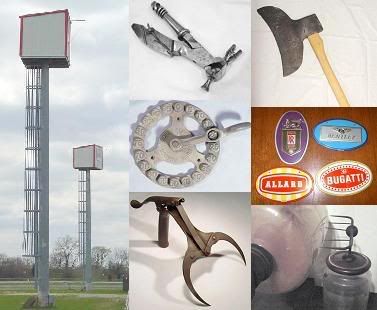
More discussion and comments on these photos can be found at the newsgroup rec.puzzles.
1 comment:
What an enlightening post! I now understand two colloquialisms from my youth.
"Never Buy a Pig in a Poke."
"Shock of Blond Hair"
- Edward
Post a Comment